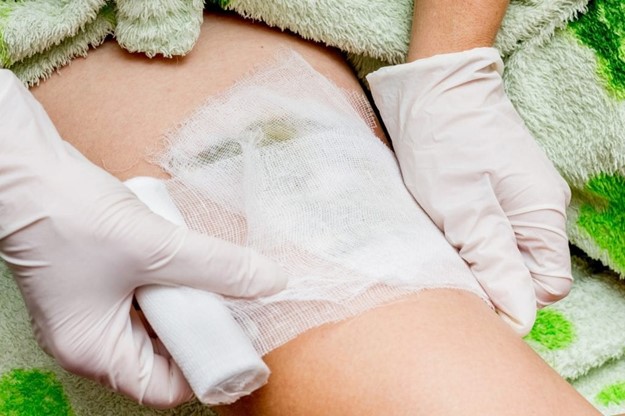A nurse is preparing to administer furosemide to a client who has acute heart failure.
Which of the following laboratory results should the nurse identify as a contraindication for receiving the medication?
Sodium 136 mEq/L.
Creatinine 0.8 mg/dL.
Potassium.2 mEq/L.
BUN 18 mg/dL.
The Correct Answer is C
Furosemide is a loop diuretic that can cause loss of potassium from the body.
A potassium level of.2 mEq/L is considered low (hypokalemia) and can be a contraindication for receiving the medication.
Sodium 136 mEq/L is within the normal range and is not a contraindication for receiving furosemide.
B) Creatinine 0.8 mg/dL is within the normal range and is not a contraindication for receiving furosemide.
D) BUN 18 mg/dL is within the normal range and is not a contraindication for receiving furosemide.
Nursing Test Bank
Naxlex Comprehensive Predictor Exams
Related Questions
Correct Answer is D
Explanation
The nurse should ask the client to empty his bladder prior to the procedure.
This is important because a full bladder can obstruct the area where the needle will be inserted and increase the risk of bladder injury during the procedure.
Choice A is incorrect because the client should be positioned sitting upright or lying in bed with the head of the bed elevated during the procedure.
Choice B is incorrect because administering a stool softener is not necessary following an abdominal paracentesis.
Choice C is incorrect because the client should be instructed to exhale and hold their breath during needle insertion to help move the diaphragm upward and away from the area where the needle will be inserted.
Correct Answer is D
Explanation
The nurse should apply new gloves when alternating between wound care sites.

This is to prevent cross-contamination and infection.
Choice A, cleaning the equipment in the client’s room once per week, is not an answer because it is not mentioned in the search results as an intervention for a client with full-thickness burns on the lower extremities.
Choice B, providing a diet of fresh fruits and vegetables for the client, is not an answer because it is not mentioned in the search results as an intervention for a client with full-thickness burns on the lower extremities.
Choice C, limiting visitation time for the client’s children to 40 min per day, is not an answer because it is not mentioned in the search results as an intervention for a client with full-thickness burns on the lower extremities.
Whether you are a student looking to ace your exams or a practicing nurse seeking to enhance your expertise , our nursing education contents will empower you with the confidence and competence to make a difference in the lives of patients and become a respected leader in the healthcare field.
Visit Naxlex, invest in your future and unlock endless possibilities with our unparalleled nursing education contents today
Report Wrong Answer on the Current Question
Do you disagree with the answer? If yes, what is your expected answer? Explain.
Kindly be descriptive with the issue you are facing.
